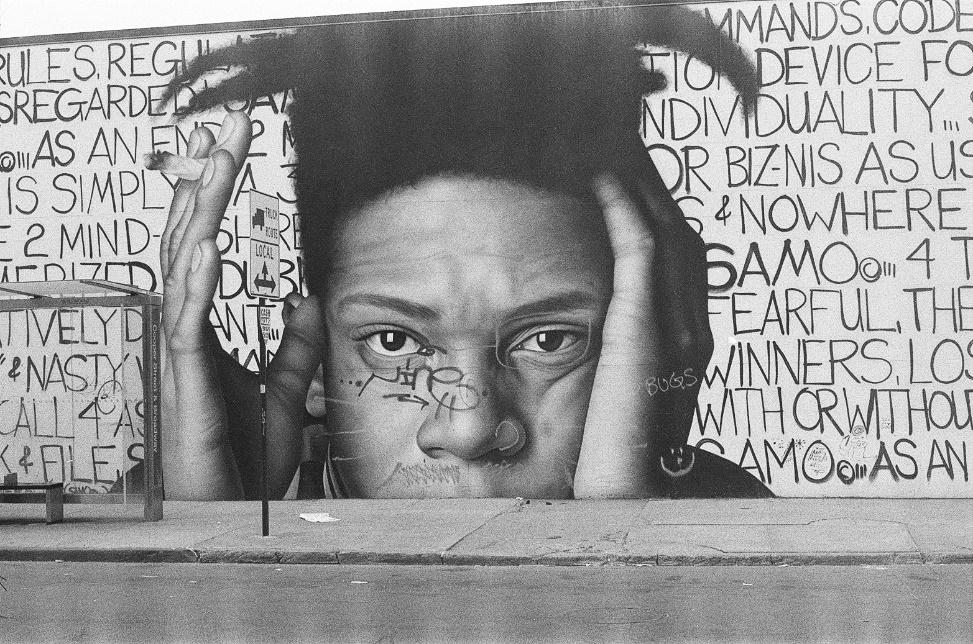Originating as a cluster of unexplained cases of pneumonia in Wuhan, China, the new coronavirus disease, officially designated COVID-19, was declared a pandemic by the World Health Organization in 2020. The SARS-CoV-2 virus that causes COVID-19 has spread rapidly in China and other countries of the world. One of the main strategies for combating the virus involved measures to prevent the transmission of the virus from person to person by isolating people from each other. Many studies have shown that during outbreaks of infectious diseases, there is a wide spread of various adverse psychological reactions and the development of mental disorders.
People may experience a sense of helplessness, fear of getting sick or dying, and elements of stigmatization. The factors that negatively affect the mental health and psychological well-being of the NYC population in the COVID-19 pandemic include uncertainty about the future. Moreover, the population has witnessed a mass spread of misinformation about the virus and its emergence. Finally, the citizens of New York City suffered considerable damage due to social isolation, economic implications, and their combined impact on human well-being in general.
Personal Biography
This picture was captured back in April of 2018; the head matriarch of my family made her transition. My grandmother’s passing was very shocking and devastating for my family; surrounding the loss of my grandmother, I was left with so many questions that would go unanswered. I could not wrap my head around her untimely death because my grandmother was the epitome of strength, a woman of many hats who poured so much life into me.
Field Research
As part of my field research, I have visited various locations of New York city and photographed the murals that I feel relate to the problem I research.

I see this image as a beautiful representation of hope during hard times. As the pandemic hit, people were forced into isolation which caused extreme discomfort and anxiety for many individuals. Moreover, the vaccines were not developed yet, and the hospitals struggled to keep with the overflow of the patients. One could say that these were dark times; fear and uncertainty were at their highest. I think this mural reminds people of NYC of the importance of staying strong and helping others during such crises, as only together we can overcome a challenge.

This is a mural that, in my opinion, represents well the problem of mental health in general. Intrusive, never-ending thoughts are a common symptom of many disorders, and they can actually become a trigger for self-harm or even suicide. The pandemic took the issue on another level, being the source of constant stress and overthinking for people – especially those who have already been struggling with their mental health. I think this mural emphasizes how intrusive thoughts might actually pose a serious danger to people in the community, and that it is important to seek and provide help.
Annotated Bibliography
Dromm, Daniel. “City Council Member Daniel Dromm Newsletter.” LaGuardia and Wagner Archives, Web.
For this paper, I researched LaGuardia and Wagner Archives database, as well as academical search engine Google Academy. In the LaGuardia and Wagner Archives, I have found two documents that I could use to support my arguments. The letter from the NYC Council member Daniel Dromm (2020) provided the population with numbers and locations of COVID-19 testing sites in Queens, as well as with a brief overview of basic safety measures. Moreover, in his letter, Dromm (2020) also offered the community information on how to receive free meals or get emergency food delivery during the lockdowns in multiple languages. Thus, this is a great example of reliable informing from authorities that can help the community orient better during a difficult period.
McNickle, Chris. “New Yorkers Should Back NYCHA’s New Blueprint for Change.” LaGuardia and Wagner Archives, Web.
Another document from the LaGuardia database is a Gotham Gazette article written by Chris McNickle (2020). In his publication, McNickle (2020) discussed the NYC Housing Authority’s proposed plan to improve the living conditions of the low-income populations, and why New Yorkers should support it. The article provides great debate on the importance of supporting vulnerable groups of people, with regards to current political climate in the country. Thus, it should be noted that this source is quite reliable and unbiased.
Talevi, Dalila et al. “Mental health outcomes of the CoViD-19 pandemic.” Rivista di psichiatria vol. 55,3 (2020): 137-144.
Finally, the third source is a study conducted by Talevi et al. (2020) that overviews mental health-related consequences of the pandemic and the strategies to overcome them. The authors (2020) highlight expert evaluations of the world’s present psychological situation after the end of the lockdown, emphasizing the significance of giving professional assistance to the community. This research offers a comprehensive analysis of the post-pandemic mental health situation around the world and proposes evidence-based solutions to overcome them.
Extended Outline
The first strategy would aim to provide accurate information about the situation and measures to reduce the risk of infection and reduce psychological stress caused by uncertainty. By offering reliable and comprehensive data to the community, NYC authorities can secure better social support and reduce the stigma associated with the disease. Moreover, if the population is well-informed about the disease, its causes, symptoms, risk factors, and consequences, it would be able to filter the misinformation and fake news. This strategy can help people maintain the most normal standard of living while observing security measures.
The second strategy would target more the financial aspect of the crisis that accompanies the pandemic. Several groups among the general population of NYC are at a greater risk of deterioration of their mental health due to reduced income, which decreased further due to lockdowns and business shutdowns. These groups include people of color, transgender people, people the age above 60, the homeless, and those who live in poverty. To ensure that these vulnerable populations do not experience more lasting harm to their mental health associated with financial anxiety, the government could provide pensions and other means of support to them.
Finally, another possible route is to provide people with more available psychosocial services, especially online. By cooperating with non-profit counseling organizations, private clinics, and state facilities, local authorities would be able to support accessible or more affordable psychological support for the people of NYC. Such methods would allow society to adaptively cope with the outbreak of COVID-19 and reduce the risks of lasting mental health harm. Thus, the initial hypothesis receives significant support since these methods of solving the problem allow us to expand it. They reveal various socio-psychological aspects that need attention to improve the population’s mental state.
A Plan of Action to Implement the Solution
The experience with the pandemics shows that psychological crisis interventions should be implemented through several key points. First of all, a comprehensive analysis should be conducted to understand the state of mental health in various populations affected by the COVID-19 outbreak. Healthcare workers and policymakers should use data from the previous step to identify people at high risk of suicide and aggression and aim intervention at them first. After that, appropriate psychological services for those in need can begin.
In this case, it can be assumed that the population is divided into groups: the first refers to those most vulnerable in terms of mental health. These people might belong to hospitalized patients with confirmed infection or severe physical conditions, medical professionals, and discriminated populations. The second group should address isolated patients with atypical infection or suspected infection symptoms, as they suffer from additional anxiety and fear. The third one would refer to people who have close contact with those assigned to the first and second groups: family members, colleagues, friends, and individuals directly involved in helping during the pandemic. Finally, the fourth group would consist of people who have been affected by measures to prevent and combat the epidemic, such as the self-isolation regime and the population. Consequently, with this approach, professionals would be able to set priorities and organize their work more efficiently.
The importance of the work of psychologists, psychiatrists, and psychotherapists during the COVID-19 pandemic cannot be stressed enough. During the pandemic period, they can provide the population with specific services. For example, they can inform the public about the general psychological consequences of the pandemic and motivate the population to adopt strategies for disease prevention and mental health promotion. Healthcare professionals can work together with NYC legislators and policymakers to better integrate psychiatric services into the medical care system available to the majority of the population. Finally, they can provide tailored problem-solving strategies to deal with the current crisis and offer psychiatric care to medical workers, especially those in the “red zone.” There is a need to develop at least short-term mental health crisis interventions that are culturally sensitive. Moreover, these interventions should be tested, evaluated for effectiveness, and then introduced into comprehensive practice for a long-term effect.
Works Cited
Dromm, Daniel. “City Council Member Daniel Dromm Newsletter.” LaGuardia and Wagner Archives, Web.
McNickle, Chris. “New Yorkers Should Back NYCHA’s New Blueprint for Change.” LaGuardia and Wagner Archives, Web.
Talevi, Dalila et al. “Mental health outcomes of the CoViD-19 pandemic.” Rivista di psichiatria vol. 55,3 (2020): 137-144.